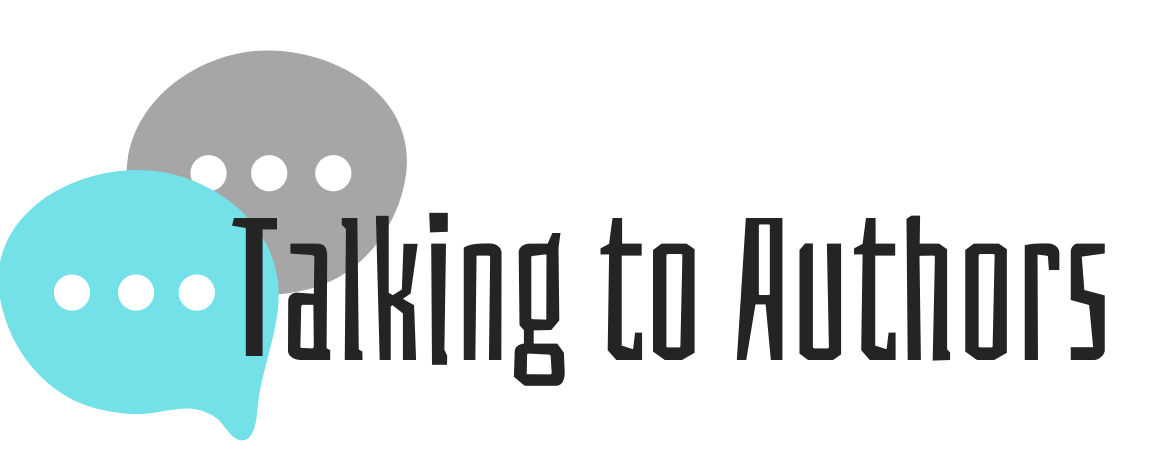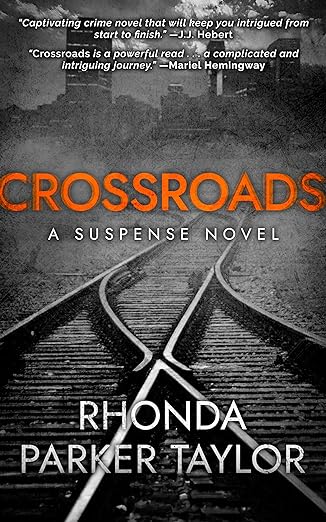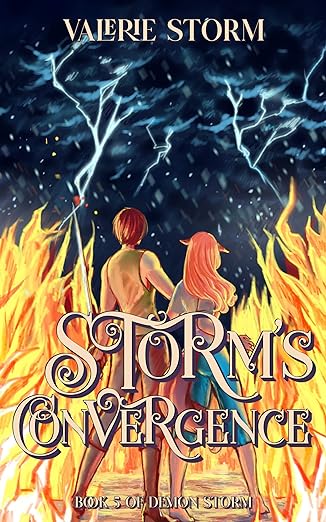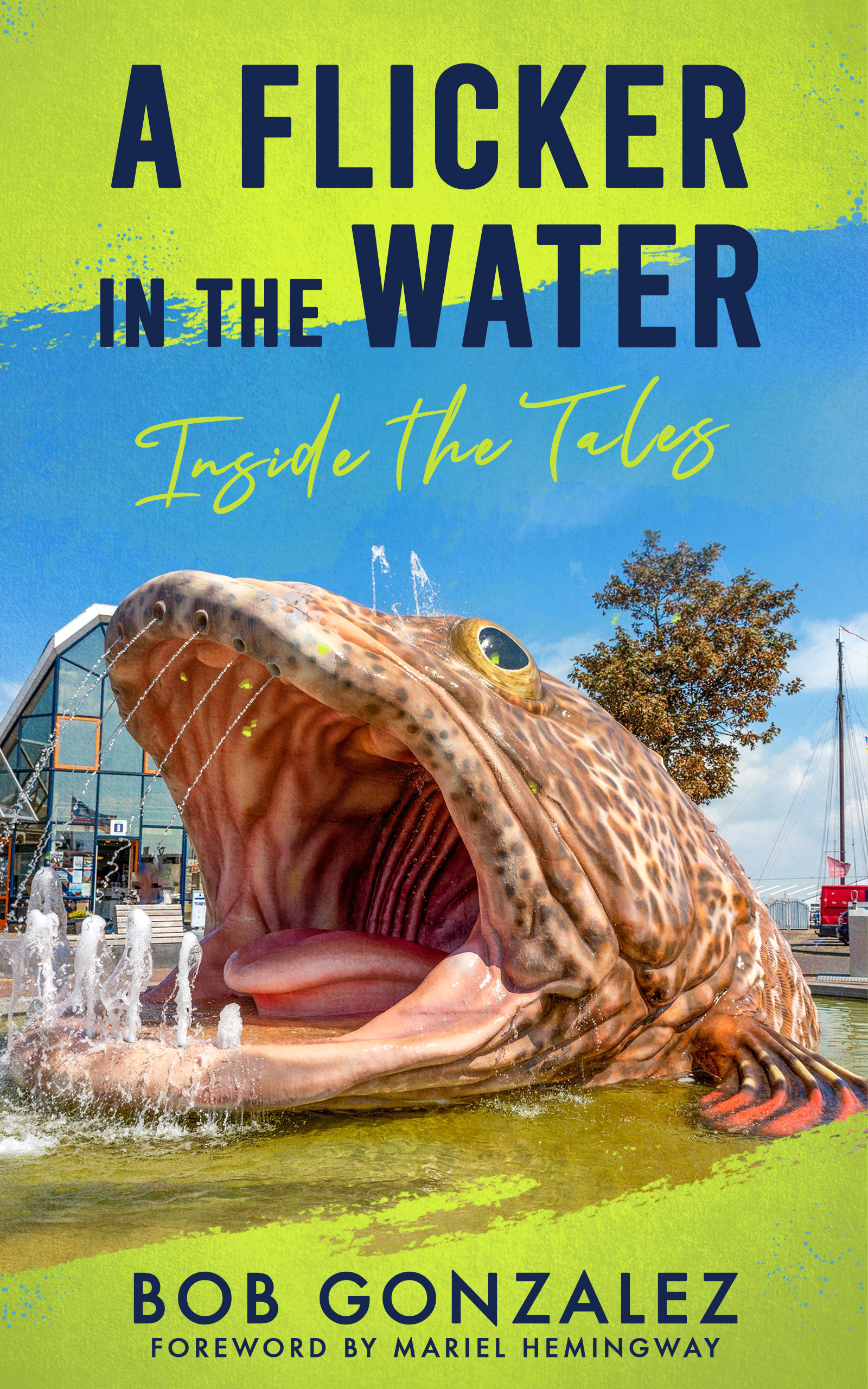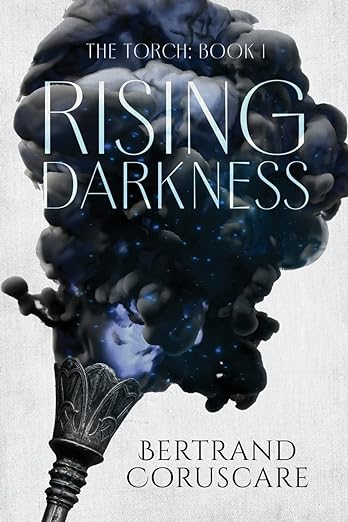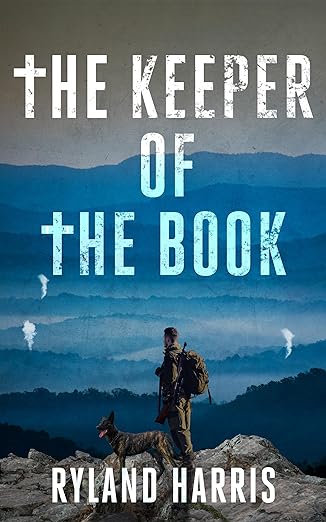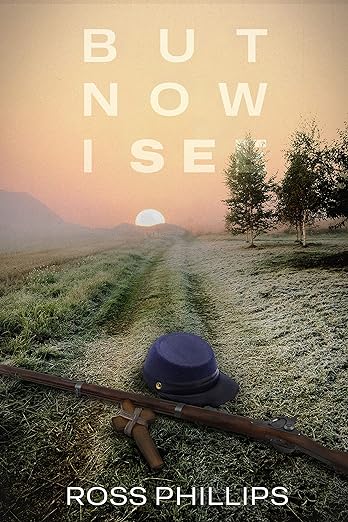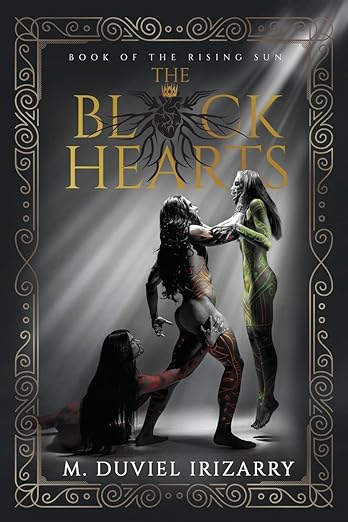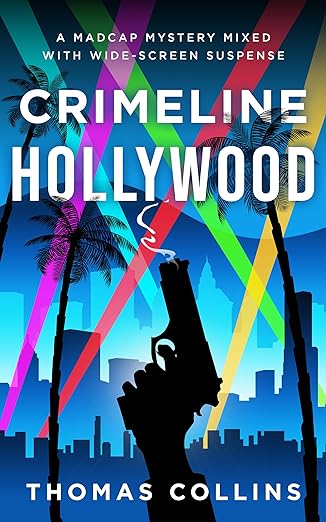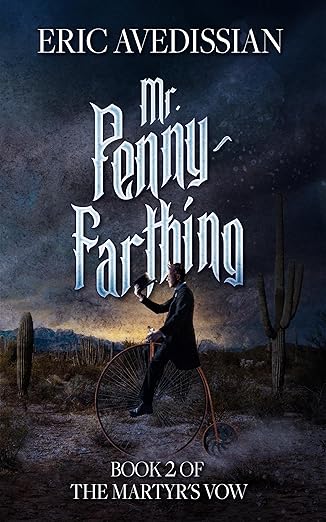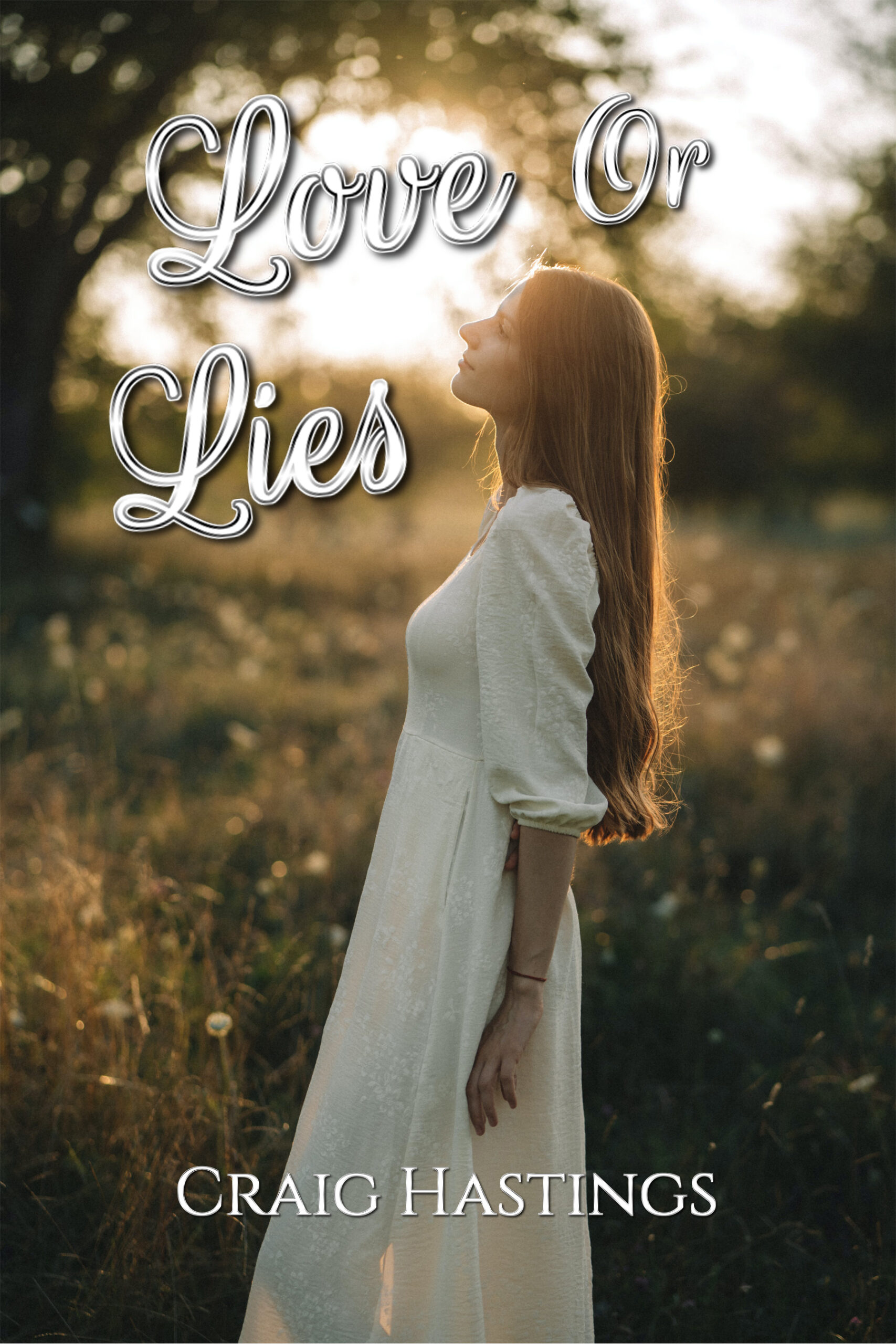In this interview, we converse with author Renée DeVincent about her newest children’s book, Twiggy and the Lost Socks. As both the author and the illustrator, DeVincent’s passion for art shines through her work. She has received her M.Ed. in Counseling as well as an AAS degree in Graphic Design. Throughout the interview, her love and care in her craft truly shows. Twiggy and the Lost Socks is a picture book aimed at children around the ages of 3-5 and tells a story about Twiggy the squirrel and his family. The book contains positive themes about responsibility and family, it is bound to be a great addition to any child’s library. Read on as we dive into Renée DeVincent’s inspiring creative thought processes!
Are there specific challenges or unique aspects you face when using art and rhyme to convey your story’s message or teach a lesson?
Writing in rhyme while conveying a story with a specific message is indeed a complex task involving various challenges. One of the primary difficulties is balancing multiple elements simultaneously. I need to consider both the overall picture book structure and the narrative arc while adhering to the rules of metrical verse. Each of these aspects presents its own set of challenges.
First, picture book structure is crucial in ensuring that the story flows naturally and engages the target audience. The limited space available in picture books demands that every word and illustration serves a purpose. This requires careful planning to ensure that the art and rhyme effectively contribute to the narrative.
Second, maintaining the integrity of the story arc can be challenging when working with rhyme. Rhyme can sometimes restrict your words and phrases, making it harder to express complex ideas or character development. It’s essential to find creative solutions that allow the story to unfold naturally while adhering to the rhyming pattern.
Additionally, adhering to the rules of metrical verse can be demanding, as it adds a layer of complexity to the writing process. Consistency in meter is critical for rhyme to sound pleasing and not forced. Achieving this consistency while conveying a meaningful story and message can be a delicate balancing act. Moreover, adding a message or teaching a lesson within the rhyming structure is another layer of complexity. The message must seamlessly integrate with the story and rhyme without feeling forced or didactic. This requires careful consideration and often leads to multiple rounds of editing and refinement to strike the right balance. It’s a challenging but rewarding process that demands time, patience, and dedication to create a compelling and educational story.
Can you discuss any personal experiences or inspirations that have shaped your belief in the power of art and rhyme to inspire character development in children?
My belief in the transformative power of art and rhyme to inspire character development in children is deeply rooted in my personal experiences and inspirations. I have been an avid reader from a very young age, and this passion for literature was significantly influenced by my upbringing. My father served in  the military, which meant we moved frequently. While these transitions could be challenging and lonely for a young child, my books became a constant and reliable source of comfort and companionship. They provided me with a sense of stability and a connection to the world I needed during those times.
the military, which meant we moved frequently. While these transitions could be challenging and lonely for a young child, my books became a constant and reliable source of comfort and companionship. They provided me with a sense of stability and a connection to the world I needed during those times.
My perspective on the importance of literature took on a whole new dimension when I became a mother. I had the privilege of witnessing firsthand the profound impact each story had on my children. I observed how reading fueled their imaginations and played a pivotal role in their character development. The lessons and values embedded in the stories they read helped shape their understanding of kindness, empathy, and the world around them.
This personal journey highlighted the incredible influence that literature can have on a child’s development. It underscored the potential of storytelling, art, and rhyme to instill vital virtues and values in young minds. Witnessing my children’s growth and the positive impact of literature on their character development further solidified my commitment to writing children’s books.
In particular, my experiences have made me passionate about bringing positive stories that promote kindness and empathy to children who may not always have those values modeled in their own environments. Literature can serve as a bridge to instill these essential qualities in young hearts and minds, providing a beacon of hope and guidance.
How do you balance the educational elements in your stories with the need to entertain young readers? What approach do you take to ensure both aspects are present and engaging?
When developing a character, my primary focus is on the entertaining aspect of young readers, as fostering a love for books is essential. While I appreciate the educational aspect, I want to ensure that children find joy in the stories first and foremost.
When crafting my stories, I recognize the importance of balancing educational elements and the need to entertain young readers. Fostering a love for books and storytelling is crucial. I want to ensure that children experience fun while reading my work. I take a subtle and nuanced approach to weaving essential life lessons into the storyline to achieve this balance.
My strategy involves incorporating these educational elements in a natural way within the narrative. I avoid being didactic and instead aim to provide readers with an immersive journey where they can absorb valuable insights and knowledge without feeling like they’re being explicitly taught. It’s about allowing young readers to organically embrace concepts like kindness, empathy, self-awareness, and responsibility within the storytelling experience.
Colorful illustrations and cheerful rhyming are key components of my approach to maintaining an enjoyable and lighthearted environment for young readers. The visual and auditory aspects of the story, along with the text, work in harmony to provide an engaging and enriching experience for children.
Do you believe that children’s books have a responsibility to represent diversity, inclusivity, and cultural awareness through the characters portrayed? How do you approach these aspects in your work?
I wholeheartedly believe that authors and illustrators are profoundly responsible for representing diversity, inclusivity, and cultural awareness through the characters they portray. As a counselor who has had the privilege of working with children from various cultural backgrounds, I am acutely aware that each child comes from a unique place. Authors and illustrators have a crucial role in acknowledging and celebrating these differences.
In my work, I approach these aspects with great mindfulness and intention. While my books predominantly focus on the universal theme of feelings, which resonates with children from all walks of life, I am dedicated to ensuring that my characters and their experiences reflect the diversity of our world. I want children to see themselves in the pages of my books and to encounter characters who look, sound, and live like they do and those who come from different backgrounds.
One area where I am mainly focused on improving is making my books more accessible to a global audience. While my books are written in rhyme, which can be challenging to translate into other languages while retaining the same rhythm and meaning, I recognize the importance of making my stories available in other languages. To address this, I am actively working on creating versions of my books that can be experienced by children worldwide, regardless of their English proficiency.
I believe children’s books play a pivotal role in shaping young minds and fostering an understanding of diversity, inclusivity, and cultural awareness. My responsibility as an author and illustrator is to ensure that my work reflects the rich tapestry of our world and is accessible to as many children as possible, transcending language and cultural barriers.
The rhythm and flow of rhymes can be challenging. How do you ensure the text remains accessible and enjoyable for young readers without compromising the story’s depth?
Maintaining the rhythm and flow of rhymes while ensuring the text remains accessible and enjoyable for young readers is both challenging and rewarding. One of my core beliefs is that exposing children to a rich and diverse vocabulary is immensely beneficial in helping them develop a strong command of language. While my picture books are primarily geared toward young children and often read by caregivers, using a rhyming style can be a powerful tool in expanding their vocabulary.
I am meticulous in selecting words that not only fit the rhyming scheme but also introduce young readers to a variety of words. My stories often include advanced words, and this exposure within the context of rhymes helps children become more comfortable. These carefully chosen words, combined with the rhythm and flow of the text, create an environment in which young readers can effortlessly absorb new vocabulary while enjoying the story. This approach aligns with my belief that a rich vocabulary is essential for a child’s cognitive and intellectual growth.
What advice would you give to parents, teachers, or caregivers on how they can utilize your books to encourage character development and inspire creativity in children?
I’m passionate about empowering parents, teachers, and caregivers to make the most of my books as tools for character development and creativity in children. To facilitate this, I have created a range of integrated activities and resources that can be easily incorporated into children’s learning experiences.
For example, my book Twiggy and the Lost Socks is accompanied by integrated activities explicitly designed to encourage character development and inspire creativity. These activities align with the themes and messages in the book, providing an interactive and hands-on approach to reinforce the values and lessons portrayed in the story.
In addition to these activities, I offer a monthly newsletter that is a valuable resource for parents, teachers, and caregivers. This newsletter contains free printable activities that expand on the idea of connecting with the world around us and becoming responsible stewards of nature. It’s a way to foster a love for the environment and encourage children to care for our planet. The newsletter also features a monthly blog that explores a different animal each month, offering art tutorials and activities related to that specific animal. This approach enhances children’s creativity and deepens their understanding of the natural world.
To further support value development and creativity, I encourage children to engage with my book by making art based on the story’s characters and themes. This can be a fun and educational way for children to express themselves and reflect on the book’s messages. I also recommend discussions about the character’s emotions and the values they exemplify, allowing children to develop empathy and a sense of ethics. When reading my book, I suggest focusing on different aspects during each reading session. For instance, you can explore the art and illustrations in one reading. Then, in another reading, delve into the characters’ feelings. Some readings can be lighthearted and focus on the amusing nature of the characters, creating a well-rounded and engaging experience.
Are there any specific strategies or techniques you use to engage children in the creative process of storytelling, art, or even rhyming?
Engaging children in the creative process of storytelling, art, or rhyming can be a rewarding endeavor. Here are some strategies and techniques that can help you inspire and guide young minds on their creative journey.
Encourage children to explore new experiences to broaden their horizons and open the door to creativity. Remind them that creative activities are not reserved for experts but are for anyone to enjoy. It’s about fostering a sense of curiosity and adventure.
Teach children that taking that first step is fine, even if they believe they need to be more skilled in a specific area. The creative process is not about immediate mastery; it’s about trying and experimenting. Emphasize that learning and growth occur through practice and exploration.
Highlight the broader benefits of creativity. Explain to children that engaging in storytelling, art, or rhyming enhances their creative abilities and promotes essential life skills. Encourage them to view creativity as a tool for problem-solving, stress relief, flexibility, and courage to try new things.
Instill the notion that creativity is a path to self-discovery. Encourage children to use creative activities to learn more about themselves, their unique talents, and their interests. It’s an avenue for embracing individuality and celebrating personal expression.
By applying these strategies, you can empower children to explore their creative potential, build confidence in their abilities, and embark on self-discovery and personal growth through storytelling, art, and rhyming.
Can you share any anecdotes or feedback from readers that reflect the impact of your approach to character development through art and rhyme?
I recently received a heartwarming review that genuinely touched my heart. The mother of the reader expressed, “My daughter loved how the little girl in the story cared for the squirrels, which is something she does as well. The story portrays kindness and sharing, which melted her heart overall.” Which was an exceptional moment for me as it reflected a deep understanding of the story’s core message. Such responses from young readers are a source of immense joy and motivation for me as an author.
Find the author
Twiggy and the Lost Socks
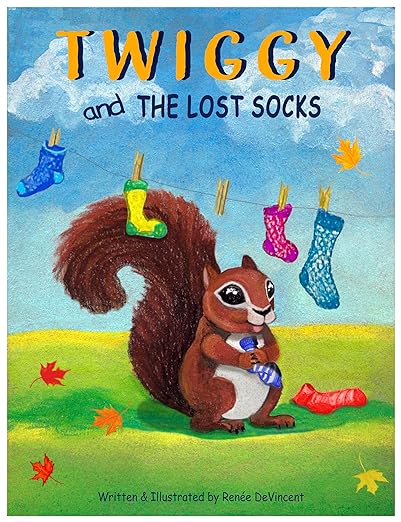 Colorful illustrations and cheerful rhyming, this engaging story will leave both kids and adults feeling uplifted and connected.
Colorful illustrations and cheerful rhyming, this engaging story will leave both kids and adults feeling uplifted and connected.
This heartwarming tale follows the adventures of a young squirrel and his family. One day, Twiggy finds something soft and fuzzy. A treasure that will keep him warm during the winter. Unknown to him, it belongs to a girl who is searching for her lost sock.
What will happen when the girl discovers Twiggy has her sock? Will Twiggy get to keep the sock? Follow along as Twiggy navigates the complex emotions that come with meeting new people and having unexpected experiences. Cheer Twiggy along as he learns, with the support of his Mama, essential lessons about judging others.
